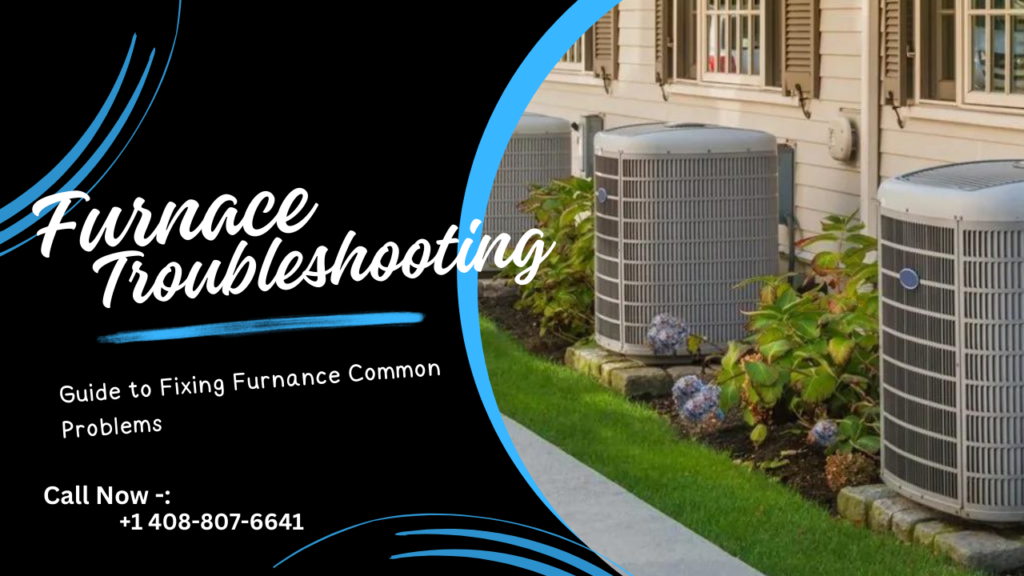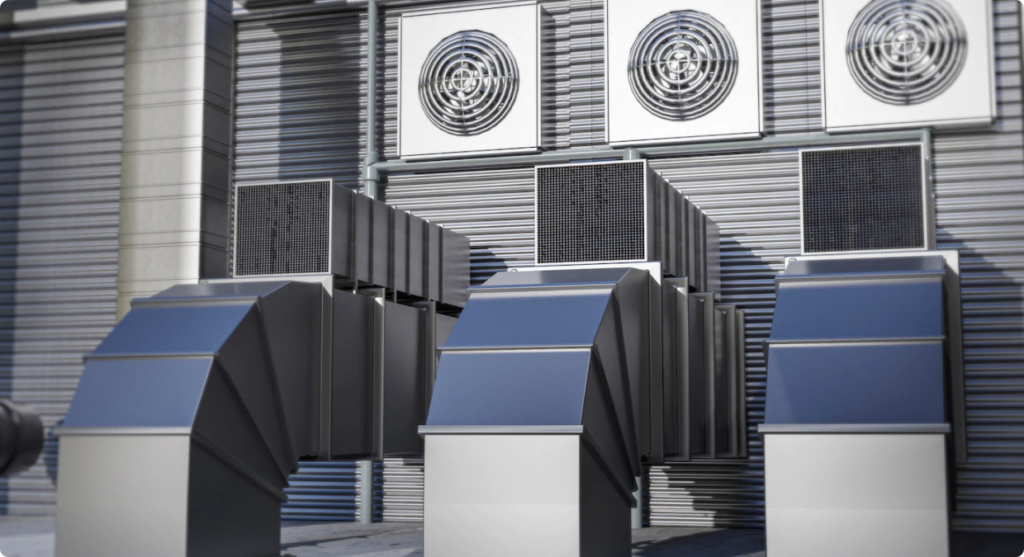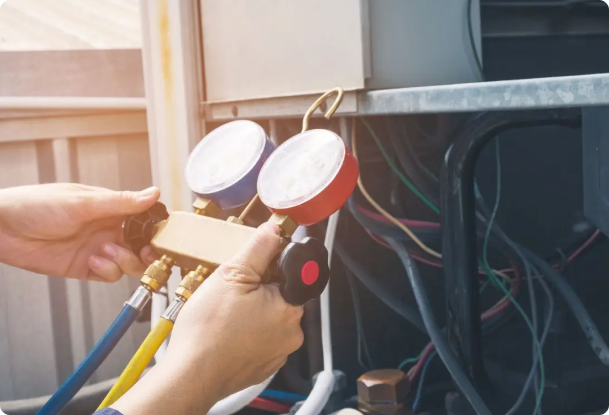
A malfunctioning furnace on a cold day can be incredibly frustrating. But before you panic and reach for the phone to call a repair technician, there are many troubleshooting steps you can take yourself. These DIY solutions can often save you time, money, and the inconvenience of waiting for a professional.
1. Thermostat Troubles
The thermostat acts as your furnace’s control centre. Begin your troubleshooting here:
- Power and Settings: Make sure the thermostat has power (fresh batteries if needed) and is turned on. Double-check that it’s set to “heat” and that the temperature setting is higher than the current room temperature.
- Programmable Thermostats: If you have a programmable thermostat, review the settings to ensure they’re not interfering with the desired heating schedule.
2. Replace Your Furnace Filter
A clogged furnace filter is one of the most common culprits behind furnace issues. It restricts airflow, leading to overheating, reduced efficiency, and potential breakdowns.
- Locate Your Filter: Check near the furnace blower motor or within a designated return air duct.
- Examine the Filter: Hold it up to a light source. If you can’t see light through it, it’s time for a replacement.
- Replacement Frequency: Change your filter every 1-3 months, or more frequently if you have pets or allergies.
3. Verify Power Supply
Your furnace relies on electricity to function. Here’s how to confirm it getting power:
- Furnace Switch: Locate the dedicated power switch near your furnace and ensure it’s flipped to the “on” position.
- Electrical Panel: Check your home’s electrical panel (breaker box). Make sure the breaker controlling your furnace hasn’t tripped. If it has, reset the breaker by turning it completely off and then back on.
4. Inspect Vents and Registers
Blocked airflow can force your furnace to work harder and potentially shut down. Check the following:
- Supply Vents and Registers: Ensure all vents throughout your house are open and free from blockages like furniture, rugs, or curtains.
- Outdoor Vents: If your furnace has intake or exhaust vents leading outside, clear away any leaves, snow, or debris that may be obstructing them.
5. Pilot Light and Gas Valve (Older Furnaces)
- Pilot Light: If you have an older furnace, check if the pilot light is lit. If it’s extinguished, refer to your furnace manual for safe relighting instructions.
- Gas Valve: Make sure the gas valve supplying the furnace is completely open.
Secure the Access Panel
Many furnaces have a safety feature that shuts the unit down if the front access panel isn’t properly secured. Double-check that the panel is fully in place and all latches or screws are tightened.
Additional Troubleshooting Tips
- Clean Flame Sensor: A dirty flame sensor can cause ignition problems. If you’re comfortable, consult your furnace manual for instructions on how to carefully clean this component.
- Check for Error Codes: Modern furnaces often have display panels that show error codes. Refer to your owner’s manual to decipher any codes present.
When to Call a Professional
If you’ve exhausted these troubleshooting steps and the problem persists, it’s best to call an HVAC technician. Seek professional help for issues like:
- Unusual Noises: Loud banging, grinding, squealing.
- Ignition Failures
- Short Cycling: Furnace turns on/off too frequently.
- Safety Concerns: Any suspicion of a gas leak.
Conclusion
you can often address common furnace problems yourself, saving you time and money. Remember, prioritizing safety is paramount. If you’re unsure about anything or suspect a gas leak, don’t hesitate to call a qualified HVAC technician.
FAQs
It’s recommended to schedule professional furnace maintenance annually, ideally before the heating season begins. This allows a technician to identify and fix potential issues proactively, preventing breakdowns.
Unusual noises can sometimes point to a developing problem. If the noise is loud, persistent, or accompanied by other symptoms like the furnace not turning on, contact a technician for diagnosis.
Yes, a severely clogged filter can overwork your furnace, leading to overheating and potential breakdowns. It also reduces energy efficiency, increasing your heating bills.
If you’ve carefully gone through all the troubleshooting steps and the issue remains unresolved, reach out to a trusted HVAC technician. Be prepared to describe the problem in detail and any steps you’ve already taken.



